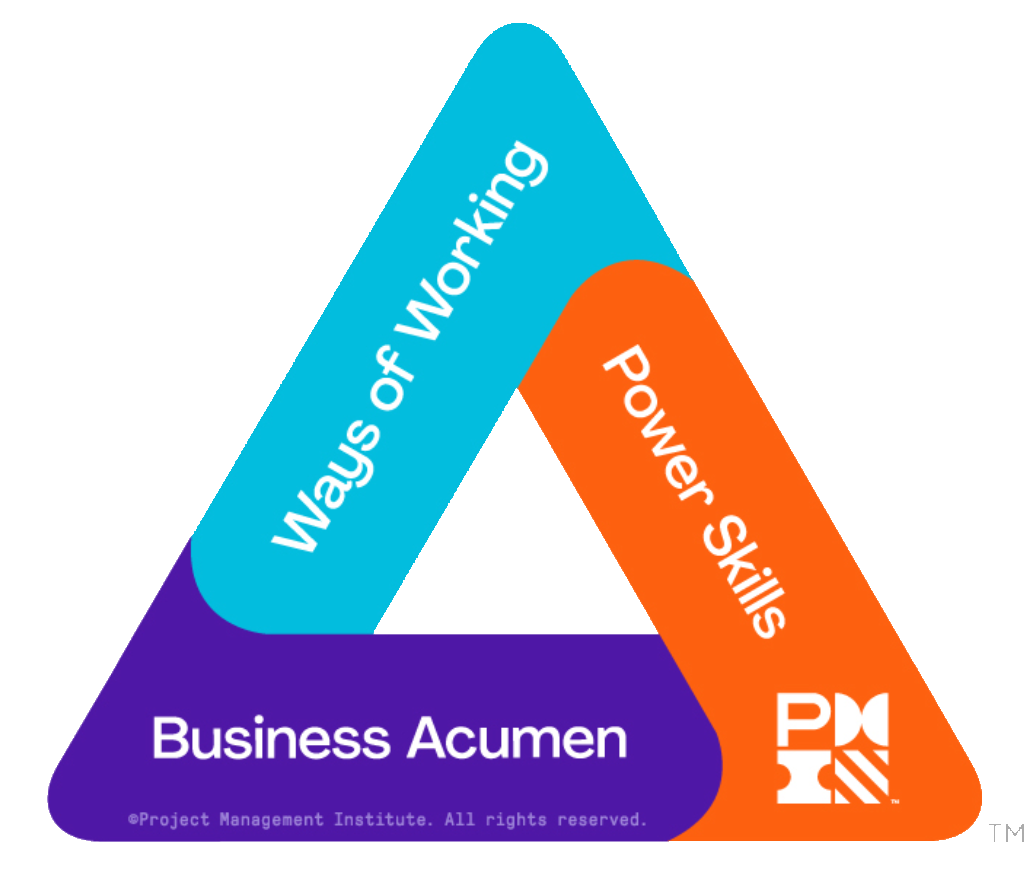A major challenge of a business analyst is the ability to extract and document business requirements in plain business language and to get those business requirements translated into technical specifications. Another challenge that BAs often face involves the creation and implementation of business processes.
In this 4-day course you will learn specific business analysis tools and techniques, that will enable you to effectively elicit, document, analyze, and validate requirements. In addition, you will acquire skills that will enable you to effectively model data and processes for support information systems computerization projects. This course is also known as Business Analysis in Practice.
LEARNING OBJECTIVES
Participants will gain practical skills to:
- Identify advantages and disadvantages of different elicitation techniques
- Elicit requirements using eight different techniques
- Design and develop seven types of process models using appropriate notation symbols
- Identify advantages and disadvantages of different documentation techniques
- Document requirements using 11 documentation techniques
- Recognize and utilize six different modeling techniques
- Organize and prioritize requirements
- Create and present a requirement package
WHO SHOULD ATTEND
The Business Analysis: Elicitation, Documentation & Analysis course is appropriate for individuals who are:
- Business Analysts
- Business managers with six months experience working in business analysis environments or other project environments.
- Project Managers, IS and IT managers, systems integrators, and management or technology consultants.
PREREQUISITE
- Business Analysis: Planning, Monitoring & Communication
- If you have at least 5 years experience as a Business Analyst with prior exposure to business analysis, requirements planning, stakeholder analysis and writing requirements, you can attend this course without any prerequisites.
MATERIALS
You will receive a course binder containing copies of presentation slides, case studies, exercises, and suggested solutions.
WHAT WILL YOU LEARN
Elicitation - Structured and unstructured interviews
- Preparing for an interview to make it effective
- Question types to use and avoid in an interview
- Organizing questions in an interview
- Questionnaire response types
- Developing an effective questionnaire for elicitation
- Who might attend an elicitation workshop
- Planning an effective workshop
- Using a context diagram to elicit and document scope of a solution
- Using a use case diagram to elicit and document scope of a solution
- Create a quality context diagram and use case diagram
- Three types of prototypes and their uses
- Types of observation
Process Modelling- Process for preparing for observation
- Data that can be collected during observation
- Types of processes that exist in an organization
- Elements of a process model
- Six types of process models
- SIPOC
- Functional process flowcharts
- Cross-functional process flowcharts
- BPMN
- Spaghetti Diagrams
- Activity Diagrams
- Identify areas for improvement within a process
Documentation Techniques- Definitions and differences between use cases and scenarios
- Elements of use cases
| Documentation Techniques Cont'd - Tips for creating useful use cases
- Creating a use case
- Definitions of a state diagram and its elements
- Notation used to create a state diagram
- Tips for creating state diagrams
- Creating a state diagram
- Definitions of a data models that a BA will use
- Differences between conceptual, logical and physical data models and their uses
- Important elements of data models
- Notation used to create two types of data models
- Entity Relationship Diagram
- Class Diagram
- Tips for creating useful data models
- Creating a data model
- What to include in your data dictionary / glossary
- The difference between operative and structural business rules
Analysis- Definition of requirements analysis
- When to complete requirements analysis
- Organizing requirements
- CRUD technique
- Importance of prioritizing requirements
- Three prioritization techniques
Requirement Package- Differences between work products and deliverables
- Definition of requirement package
- Uses for a requirements package
- Usefulness of a structured walkthrough
- Presenting requirements to stakeholders
|

![]()
![]()
 The following table provides the breakdown of the professional development units (PDUs) for this course aligned with the PMI Talent TriangleTM.
The following table provides the breakdown of the professional development units (PDUs) for this course aligned with the PMI Talent TriangleTM.